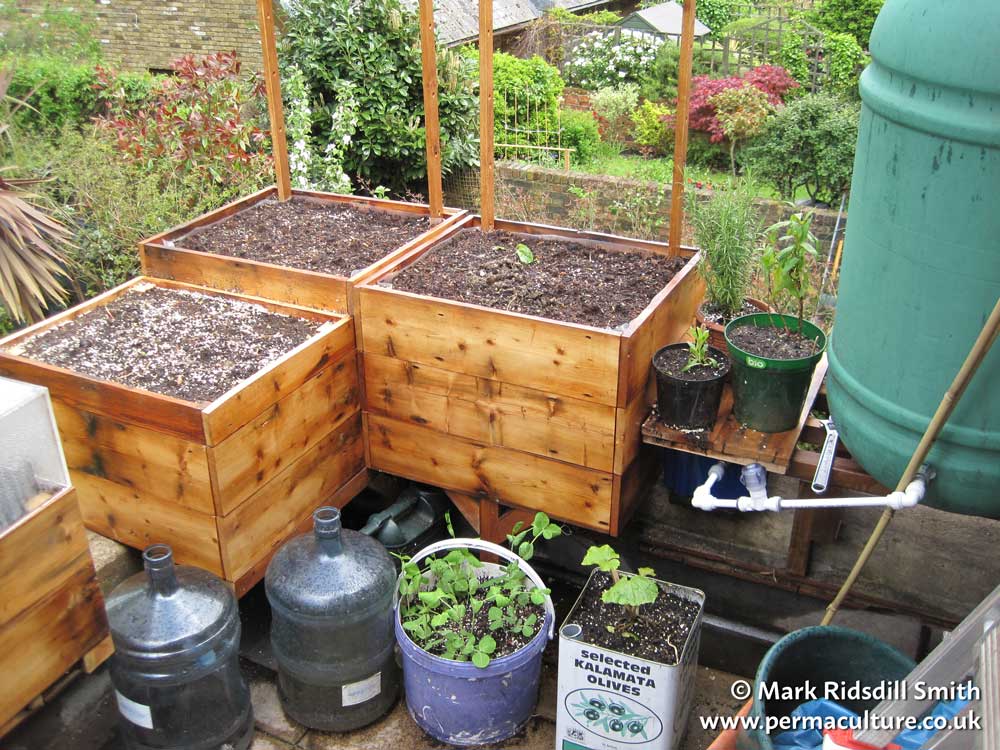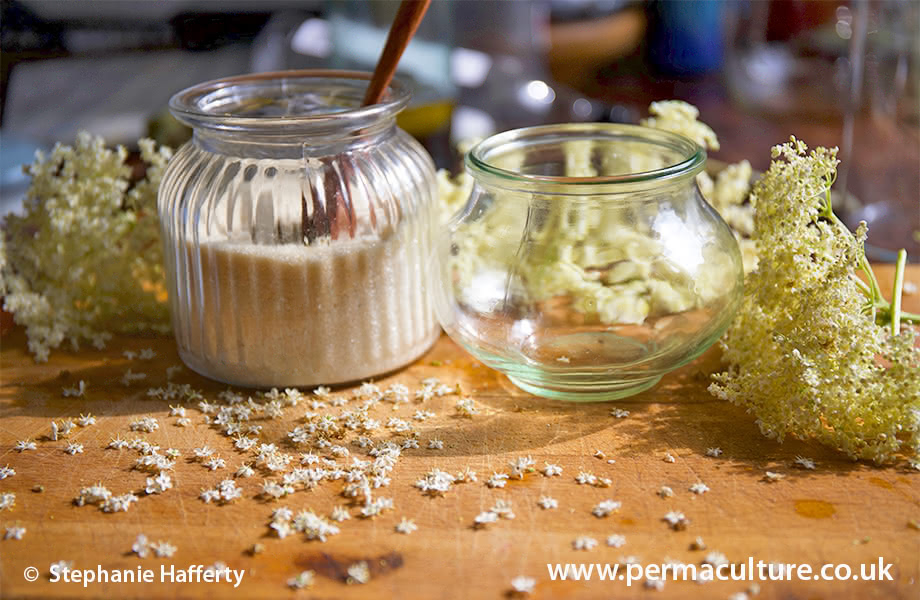The Earth’s energy is settling, the outer growth cycle is finishing and it will soon be time for the Earth and us, to rest again. There is a shift in the weather, a wildness blows in on colder winds and there is a sense that summer is over. We begin to feel the pull to prepare for the winter months as new possibilities begin to reveal themselves.
The life force goes into swelling the fruit and the seeds within the fruits. It is a time of nature’s wild abundance and a natural time to give thanks for all the abundance the Earth has given us this year. We give thanks for our personal harvest, our friendships, the adventures we have had, all that we have loved and appreciated, honouring our losses too as part of the whole.
It is time for wild blustery walks on the land, picking fruit from the wild edges of the fields and lanes. At this time of year never set out without plastic tubs for blackberries and elderberries, paper bags for sloes, rosehips, haws, seeds, nuts, wild apples and wild plums. At this time of year there are always new treasures to gather, and finding edible mushrooms is always a treat. Remember to step outside often to keep your connection to the land, especially when the day is dark. It is always much lighter outside and once out in the elements a fresh vigour and happiness fills you.
This is the time of the Autumn Equinox, when day and night are equal length, and light and dark are in balance. As you walk reflect on where you feel you have achieved a greater balance this year. What areas of your life do you feel are still out of balance? What do you feel you need to change in order to encourage more balance?
It is time for inner change as we go into the dark cycle and we assimilate and learn from our experiences of the summer. Like the plants and trees, we can shed the old leaves of our year’s outer growth and send the roots of our future happiness down deeper into the dark fertility within us. This strengthens us from the inside and brings us lasting stability.
There are two approaches for the wild gardener at this time of year. One option is to do very little in the garden, let the plants die back naturally and compost the soil with their own leaves. This leaves seed heads for the seed eating birds and leaves the ground undisturbed for the wildlife to find where it wants to burrow into and hibernate. Everything eventually dies back and composts of its own accord without our intervention.
Some plants and bushes will benefit from being cut back. It helps hedges to thicken and stops garden trees from getting too big. When the buds begin to form during the winter, they will then be putting their energy into next year’s growth. Tree and hedge trimmings can be piled along the edges of the garden for wildlife to hibernate in.
I take a balanced approach to autumn and walk the middle way. I tidy up parts of the garden, shutting down some of the empty growing beds for next year by spreading them with a layer of manure and compost mix. All the little creatures that live in the soil pull it all down during the winter and it improves the life and energy of the soil ready for planting in the spring. I let the edges stay wild, leaving plenty for the birds to eat and creating plenty of places to encourage safe hibernation for all the wildlife I love to share this garden with.
Cleavers, Corn Salad, Salad Burnet, Winter Cress
It seems crazy to be sowing seeds at this time of year, but this ensures edible greens you can pick in the winter and early spring. You need to get the seeds in by early September so the plants can get started while the weather is still warm. Some can be sprinkled directly in the ground, others benefit from being sown and planted out in a cloche or in tubs up by the house where you can keep an eye on them.
Pick the sticky seeds and sprinkle them in large pots for an early spring crop. If cleavers is treated like a crop and picked frequently, then an endless supply of the delicious tips keep growing. The plant is contained and doesn’t get the chance to ramble all over the garden.
If you haven’t a dedicated bed for self-seeded plants then sow the seeds now for early spring crops. They can be sprinkled in cloches for added protection or in any bed that remains largely undisturbed from now on and will catch the winter sun.
Sow these in pots for an early salad crop next spring. They keep growing throughout the winter. The more you pick, the more fresh leaves appear.
Don’t put them in the cloche as they don’t need it and take up too much room in the spring.
Sow now for plenty of fresh winter and spring leaves.
—
This is an extract from Glennie Kindred’s Letting in the Wild Edges, which inspires us to celebrate the bounties of our wild native plants and find a richer relationship with the natural world around us.
Letting in the Wild Edges
by Glennie Kindred
Sacred Earth Celebrations
by Glennie Kindred
Living With the Seasons: Summer’s wild edge – June into July
10 Easy Herbs to Grow for Bees
How our Divided Brain Disconnects us from Nature: An Interview with Iain McGilchrist
Glennie Kindred is the author of twelve books on Earth wisdom, native plants and trees and celebrating the Earth’s cycles, and is a highly respected teacher and much loved expert on natural lore and Earth traditions.











